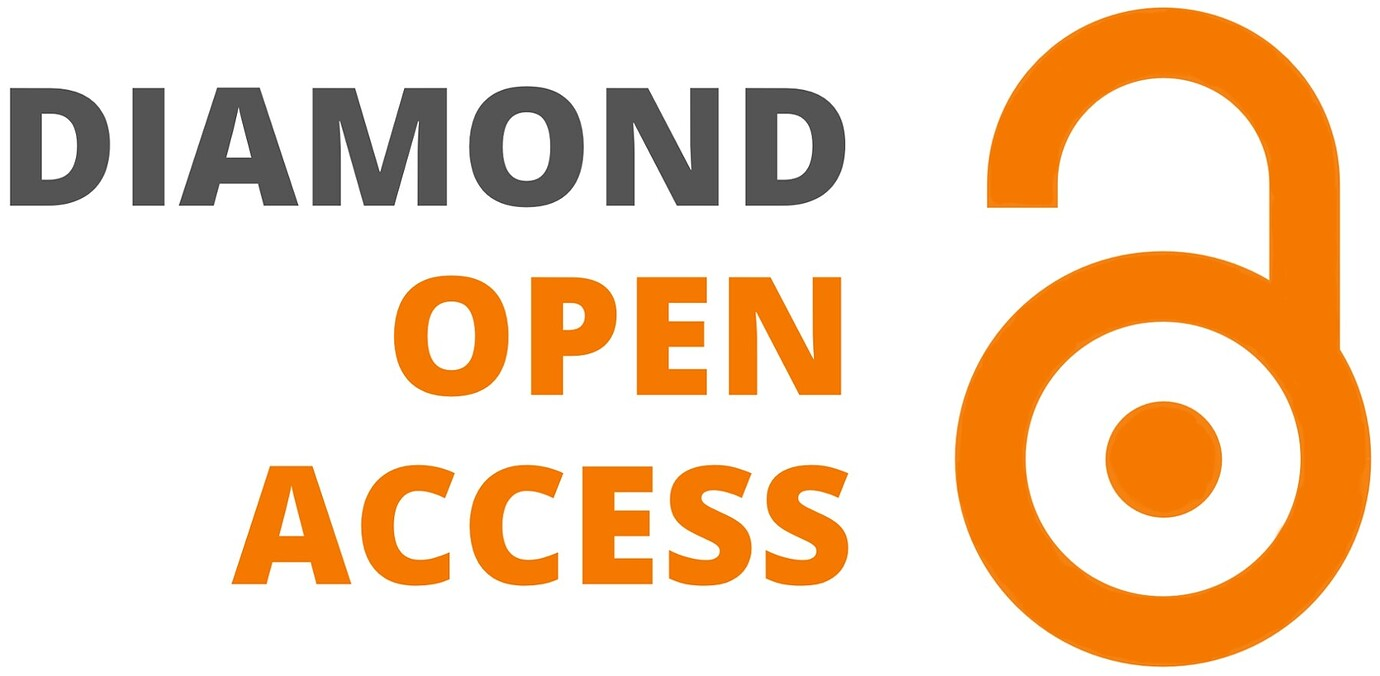French Translation of the Swallowing Outcome After Laryngectomy (SOAL)
Keywords:
total laryngectomy, quality of life, swallowing, Patient-Related OutcomeAbstract
Context: the frequency and the repercussion of swallowing disorders after total (pharyngo-)laryngectomy are largely underestimated because they are little investigated. Indeed, one imagines that after removal of the pharyngloaryngeal carrefour, they should be absent or minimal. Although no French-speaking evaluation tool exists, an English-speaking questionnaire, the Swallowing Outcome After Laryngectomy (SOAL), has been created.
Objective: to validate the French translation of the SOAL questionnaire
Methods: After a pilot study on six patients to validate the translation from English to French, this questionnaire (SOAL-f) as well as the French versions of the Sydney Swallow Questionnaire and the M.D. Anderson Dysphagia Inventory (general questionnaires on swallowing and reduction of quality of life related to swallowing disorders, respectively) were administered to 85 patients who had undergone a total (pharyngo-)laryngectomy and to 87 controls
Results: The mean SOAL-f translation score was 10.3 ± 8.3 in laryngectomized patients and 0.4 ± 0.9 in controls (p<10-4). The mean MDADI score was 75.8 ± 13.9 in laryngectomized patients and 89.7 ± 11.1 in controls (p<10-4). The mean SSQ score was 386.6 ± 359 in laryngectomized patients and 35.6 ± 33.8 in controls (p<10-4). The correlations between SOAL-f and SSQ and MDADI were 0.837 (p<10-4) and 0.885 (p<10-4), respectively. The threshold for the best sensitivity/specificity trade-off of SOAL-f was ≥7 At this threshold, its sensitivity was 93.2%, its specificity 100%, its positive predictive value 100%, and its negative predictive value 91.2%. The test-retest procedure showed good temporal stability of responses.
Conclusion: The French version of the SOAL is clear, easy to use for the patients and allows an accurate self-evaluation of swallowing when it can be disturbed by a total (pharyngo-)laryngectomy. French-speaking speech therapists and ENT specialists thus have at their disposal a symptomatic evaluation tool that would allow them to identify the specific needs of patients who have undergone a total (pharyngo-)laryngectomy, and thus to propose an individualized and targeted therapeutic plan and to follow up on its progress.




